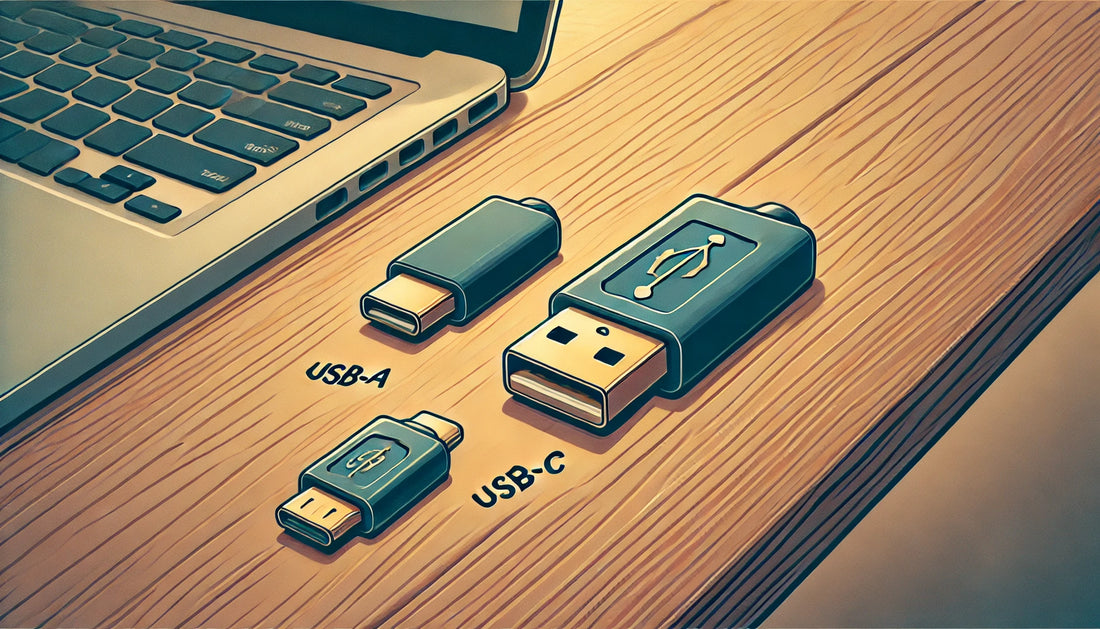AUX headsets, which connect to devices via a 3.5mm jack, are generally considered to be more durable and long-lasting than USB headsets. They also tend to be more affordable and can be used with a wider range of devices, including smartphones and tablets. However, they do not offer the same level of sound quality or noise-cancellation as USB headsets, which can be more beneficial for students in a classroom setting.
On the other hand, USB headsets offer better sound quality and noise-cancellation, which can help students focus on their work and block out distractions. They also often come with advanced features like built-in microphones and volume controls, which can be useful for online learning. However, they are typically more expensive than AUX headsets and may not be compatible with all devices.
Ultimately, the best headset for K-12 students will depend on the specific needs of the individual student and the classroom. While AUX headsets are a good option for students who need a durable and affordable option, USB headsets may be a better choice for students who need the advanced features and better sound quality.
It is important to note that, when purchasing headsets, it is important to look for models that are comfortable to wear and have an adjustable fit. Many students who have to wear them for extended periods of time may experience discomfort if the fit is not right. Also, it is important to consider the hygiene aspect, as many students might share the same headset. In such cases, it is better to go for disposable ear cushions or washable ear cushions.
In conclusion, both AUX and USB headsets have their own advantages and disadvantages, and the best option will depend on the specific needs of the individual student and the classroom. Schools and teachers should consider the budget, the needs of students, and the devices they have available when making a decision.
At Hyve, we carry both AUX and USB options for durable classroom headsets. Contact us today for free evaluation samples.

